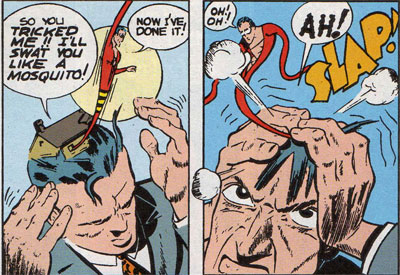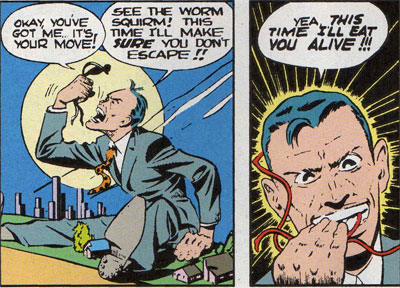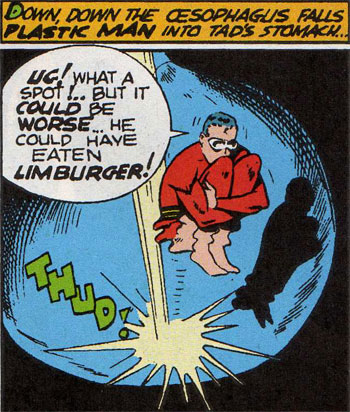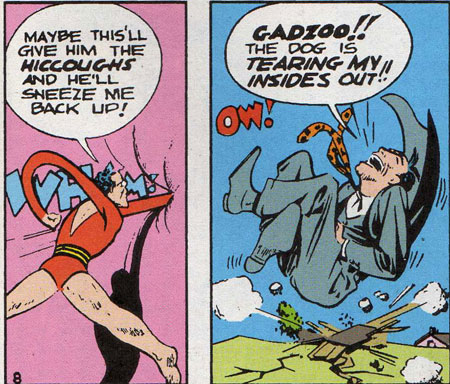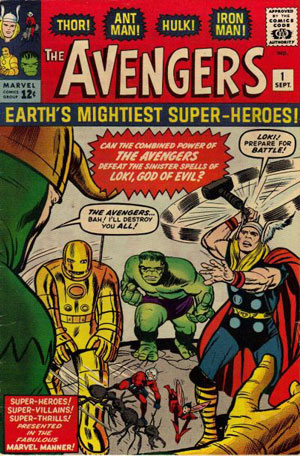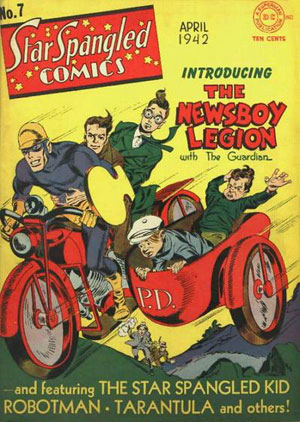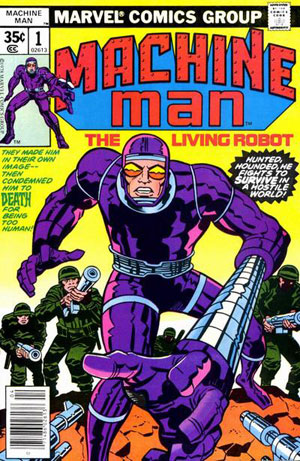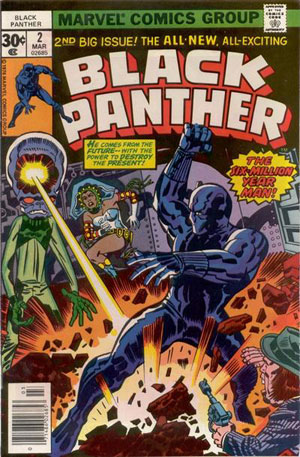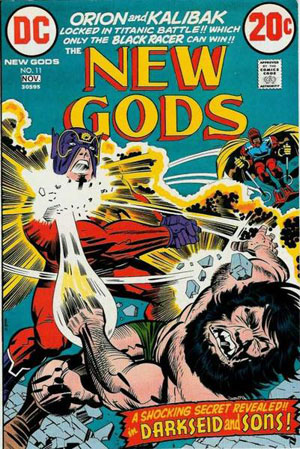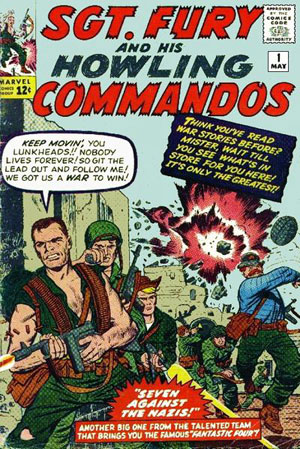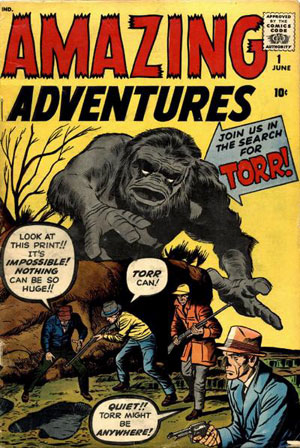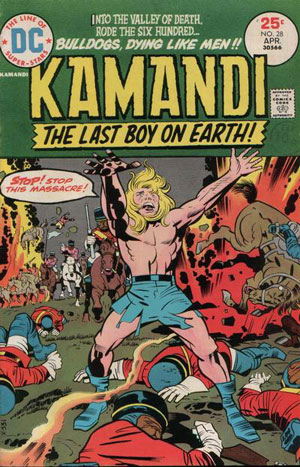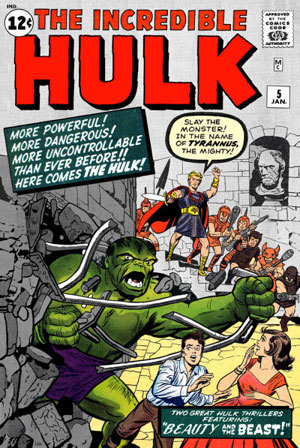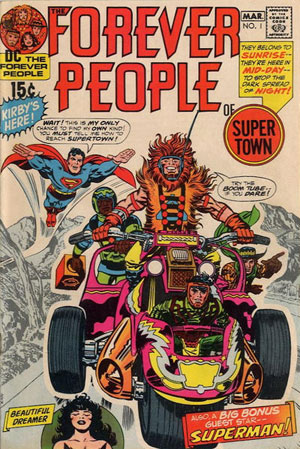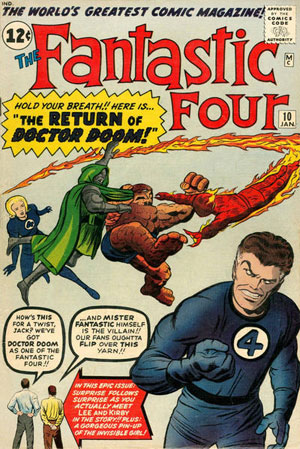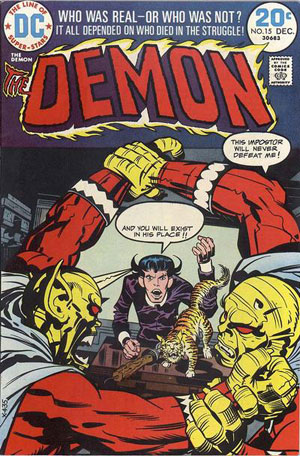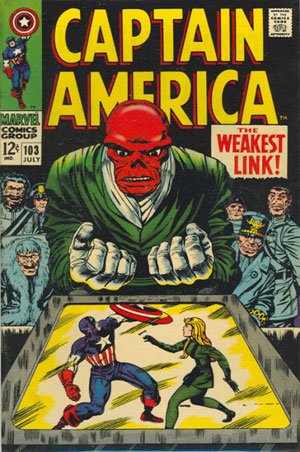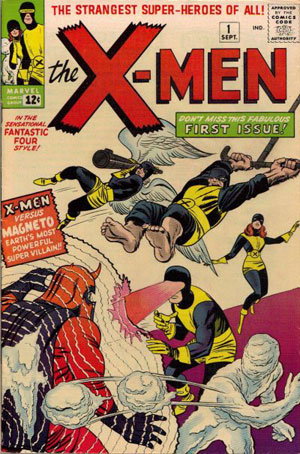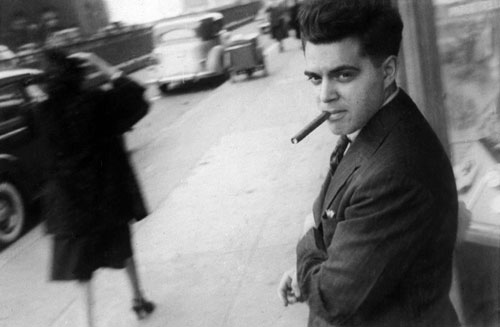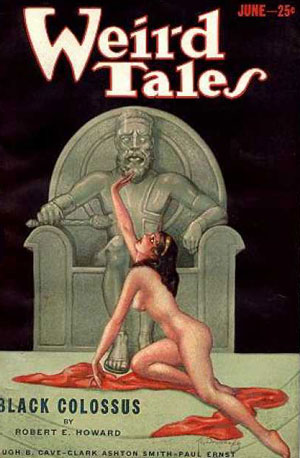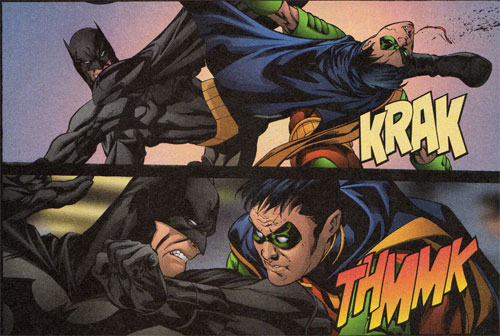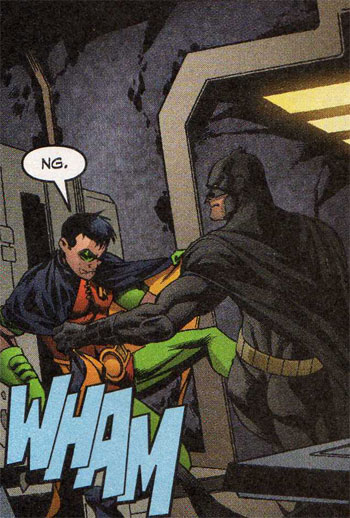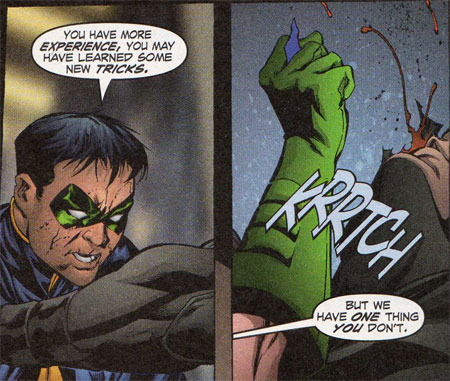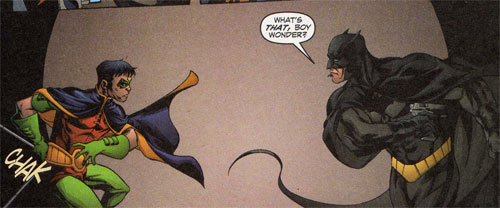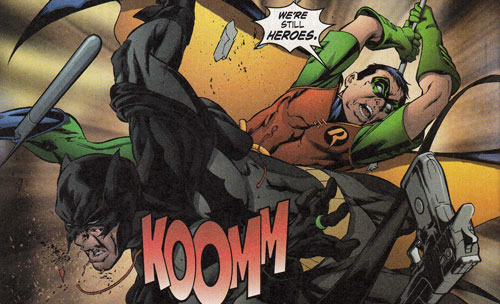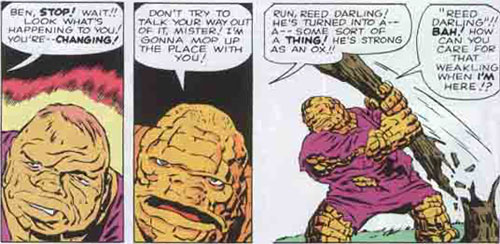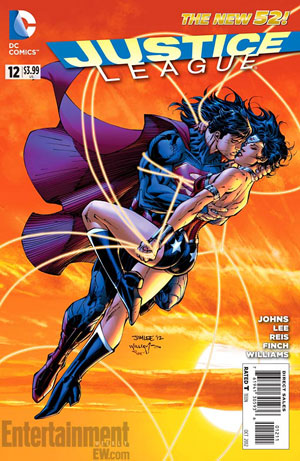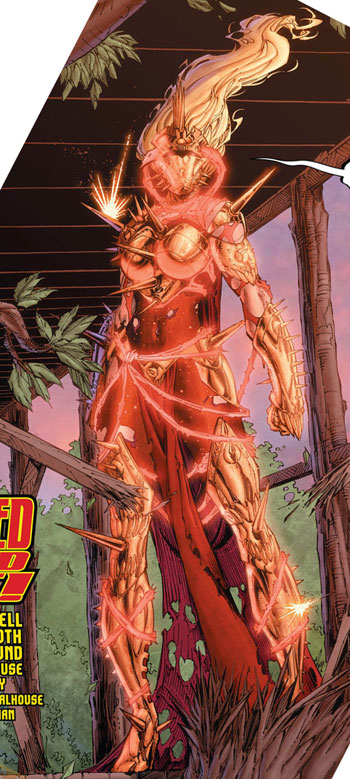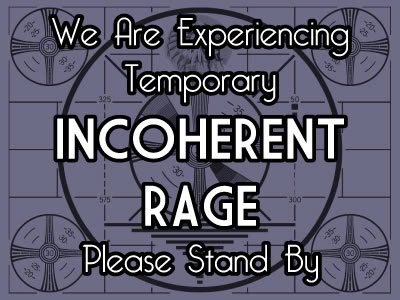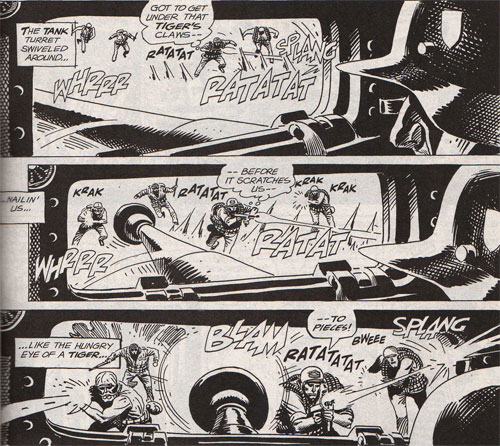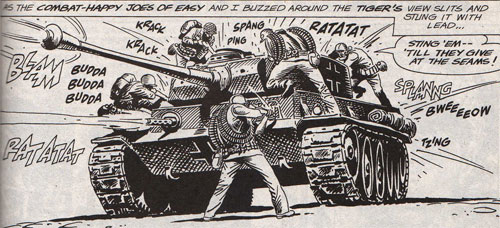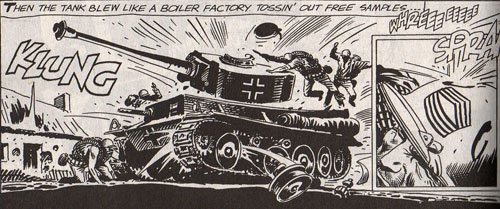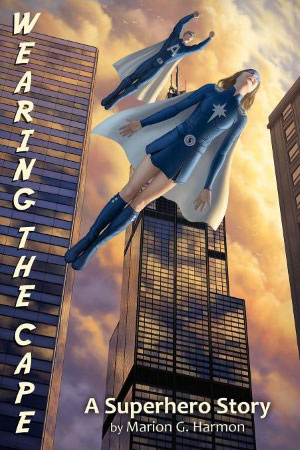
Wearing the Cape: A Superhero Story by Marion G. Harmon
Feels like it’s been too long since I got to do a review of a non-comic book, so let’s go ahead and take care of that right now. I’ve had this particular book in my “Need to Review” backlog for a while, delaying talking about ’cause I liked it so dang much.
So this is “Wearing the Cape: A Superhero Story” by a guy named Marion G. Harmon. It focuses on Hope Corrigan, a society girl and freshman at the University of Chicago — after a terrorist attack by a supervillain who calls himself the Teatime Anarchist, Hope winds up with superpowers of her own, including superstrength, nigh-invulnerability, and the ability to fly. She’s quickly recruited into the Sentinels, one of the country’s most prominent superteams, and quickly finds her life turned upside-down. She’s given a superhero codename (Astra) and costume (padded, partly to make her fit the expected superheroine profile and partly because she’s short, thin, and looks like she’s underage), and Atlas, the country’s most famous superhero, agrees to train her as his sidekick.
From there, we get super-battles, feats of derring-do, and a heck of a lot of training, so Hope doesn’t accidentally crush her parents when she tries to hug them. She has to somehow make time for school and her old friends, while also getting to know her new teammates, including Atlas, the magician Blackstone, the slinky psychic Chakra, the acrobatic Harlequin, the speedster Rush, and the vampire Artemis. And she has to worry about the prediction she hears from the Teatime Anarchist, that if she doesn’t survive the coming days, the future is doomed. But can she trust the villain who caused her to gain her powers? Can she even trust her super-powered teammates?
Verdict: Thumbs up. It’s a great story, lots of fun, lots of action, and pretty much everything you want from a superhero story. Plus stuff you may not be expecting, too.
There’s a great level of realism here — not so much that it stops being about people who pick up cars, run at superspeed, or read minds, of course. But we get lots of details about what life would be like for a superteam. For one, there’s not a lot of real crimefighting that goes on — they’re mostly there for serious emergencies, to provide backup for police and emergency services, and to deal with super-powered threats. Superteams also have large dedicated staffs of professionals — mostly working to monitor the police bands and dispatch heroes to wherever they’re needed. Also on staff? Clothing designers. Because superheroes don’t sew their own costumes.
Hope also has to learn to deal with her powers realistically — including being careful not to injure normal people. But she also learns hand-to-hand combat so she can deal with all the superstrong supervillains out there. And she learns why it’s not a smart idea to bash your way through a wall when you can go through a door or window instead.
But all the realism in the world won’t do your superhero novel much good if there’s not some action to go along with it — and this book delivers. From the opening scene, we get a couple of elevated highways getting pancaked into each other, and that’s followed by battles against superpowered gangsters, mind-controlled mobs, and plenty of super-terrorists, as well as an extended trip to provide relief during a catastrophic earthquake. The action is furious, desperate, bone-shaking, and just all around excellent.
The novel’s other big strong point is the characters. Astra, Atlas, Artemis, Hope’s parents and friends, Blackstone, Chakra, Riptide, and tons more — all are pretty well-defined, very likeable, and you want to read more and more about them. Harmon is planning quite a few more novels in this series, and that’s a good thing, ’cause that means a lot more stories about all these interesting people.
The lone point that I didn’t like? I thought the romance in the story was a bit tacked on and maybe a bit unrealistic. But it’s a minor point out of a novel that I really enjoyed immensely.
Go pick it up.

